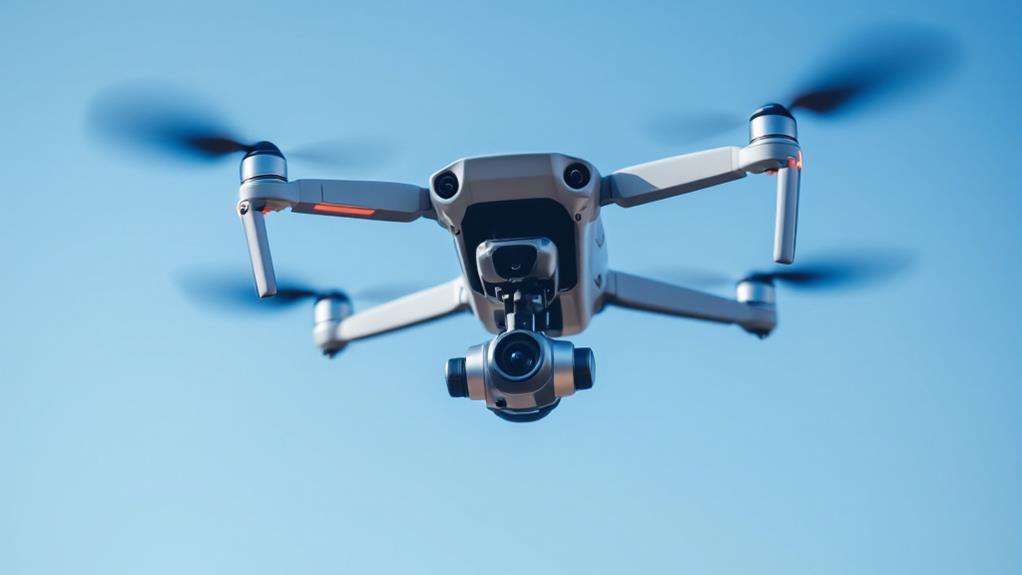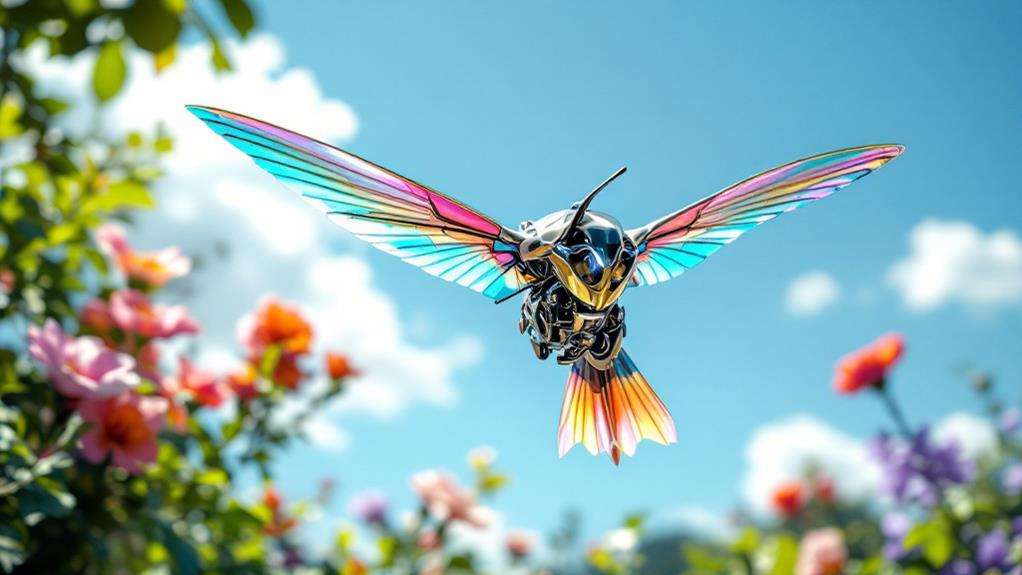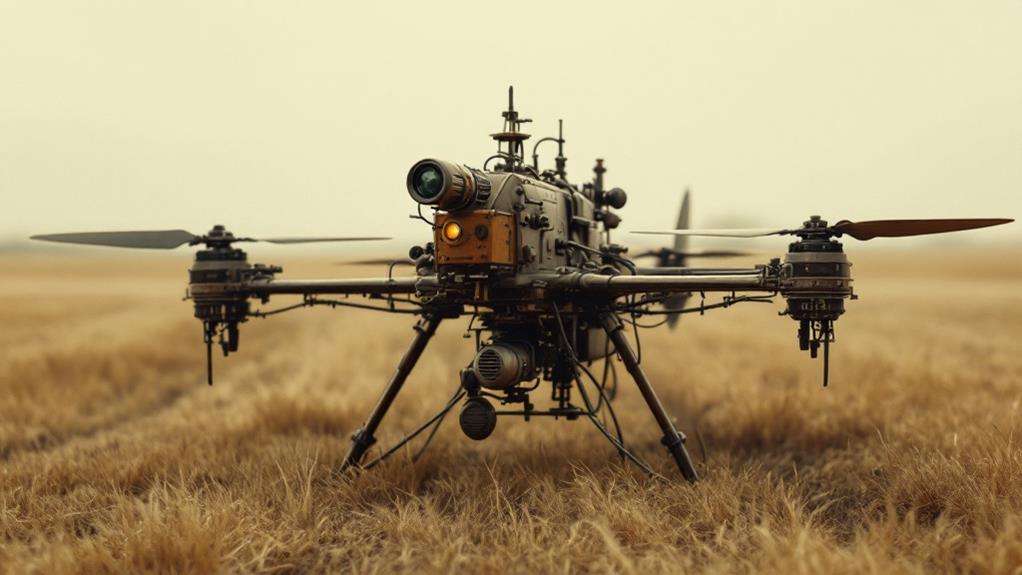What Is a Whoop Drone?
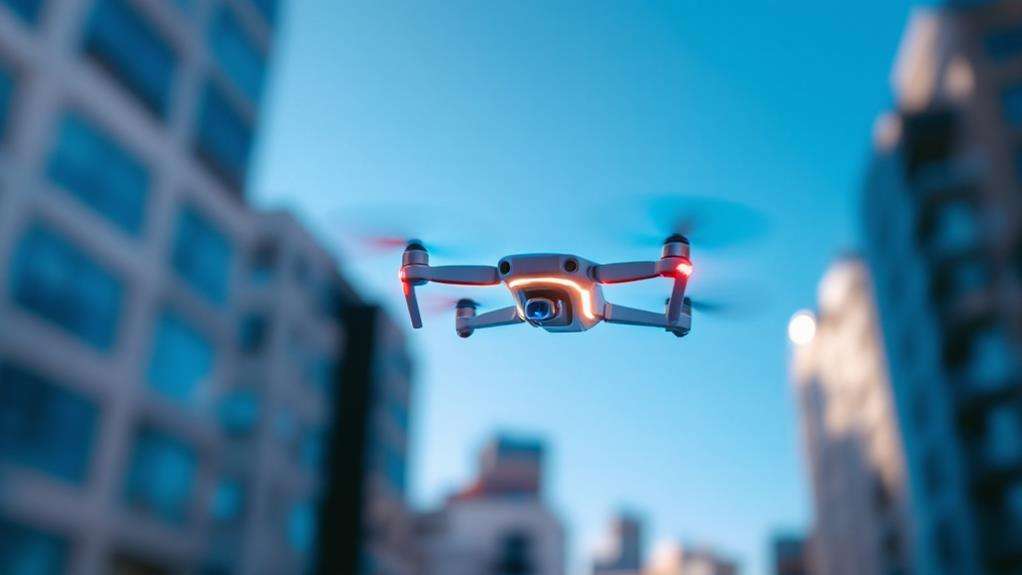
You're thinking about whoop drones, which are tiny, agile quadcopters perfect for indoor flying. These drones, generally under 8cm, feature protective shrouded propellers to ensure safety. They're powered by micro brushed or brushless motors, offering impressive agility and short flights of 3 to 4 minutes. With a built-in camera and video transmission, they provide a full FPV experience. Affordable and beginner-friendly, whoop drones are ideal for navigating tight spaces and executing acrobatic maneuvers. Whether you're exploring models like the BetaFPV Air75 or Mobula6, there's more to discover about their exciting specs and capabilities.
Key Takeaways
- Whoop drones are compact quadcopters under 8cm, designed for indoor flying with shrouded propellers.
- They feature micro brushed or brushless motors, enhancing performance and agility.
- Equipped with a camera and VTX combo, they offer an immersive FPV experience.
- Operate on 1S or 2S LiPo batteries, providing 3 to 4 minutes of flight time.
- Affordable and safe, whoop drones are suitable for beginners and indoor use.
Definition of Whoop Drones
Whoop drones, often referred to as Tiny Whoops, embody the innovation and thrill of modern FPV flying. These compact quadcopters are perfect for indoor flying due to their small size, typically measuring under 8cm in width and length and about 5cm in height. Their protective shrouded propellers ensure safety, making them a great choice for navigating tight spaces. Whether you're a beginner or an experienced enthusiast, these drones offer an immersive experience that's hard to match. Additionally, advancements in battery technology have contributed to their popularity, allowing for longer flight times and enhanced performance. Most Whoop drones are equipped with micro brushed or brushless motors, significantly enhancing their flight performance. The choice between brushed and brushless motors can influence how smoothly and efficiently your drone flies. Additionally, each Tiny Whoop features a camera and VTX combo, providing a captivating micro FPV experience. This setup allows you to see exactly what your drone sees, creating a thrilling first-person view as you maneuver through obstacles. The typical wheelbase for these drones ranges from 65mm to 75mm, impacting agility and performance based on component size and weight. They usually operate on 1S or 2S LiPo batteries, offering a flight time of around 3 to 4 minutes, depending on the model.
Key Features and Benefits
Ever wonder what makes Tiny Whoops so popular among drone enthusiasts? These small indoor FPV drones have captured the hearts of many due to their unique features and benefits. Their compact size, generally under 8cm, allows you to navigate through tight spaces effortlessly, making them perfect for indoor flying. With protective propeller guards and ducted fan designs, you don't have to worry about safety, even when flying around people or children. While Flying Tiny Whoops doesn't require formal certification, those interested in broader drone piloting should consider eligibility requirements for FAA certification. Tiny Whoops come equipped with advanced flight controllers that enhance their agility, allowing you to perform impressive acrobatic maneuvers like flips and rolls. The higher KV motors provide a snappy response, adding to the thrill and excitement of flying. You'll appreciate the ease of use and the gentle learning curve, making them ideal for beginners who want to dive into the world of FPV drones without a steep learning curve.
Moreover, Tiny Whoops offer decent video quality, ensuring an enjoyable FPV experience. Most models operate on 1S or 2S LiPo batteries, striking a balance between weight and power, resulting in flight times of up to 4 minutes. With their affordable price, often under $100, they're perfect for learning and honing your skills.
Popular Tiny Whoop Models
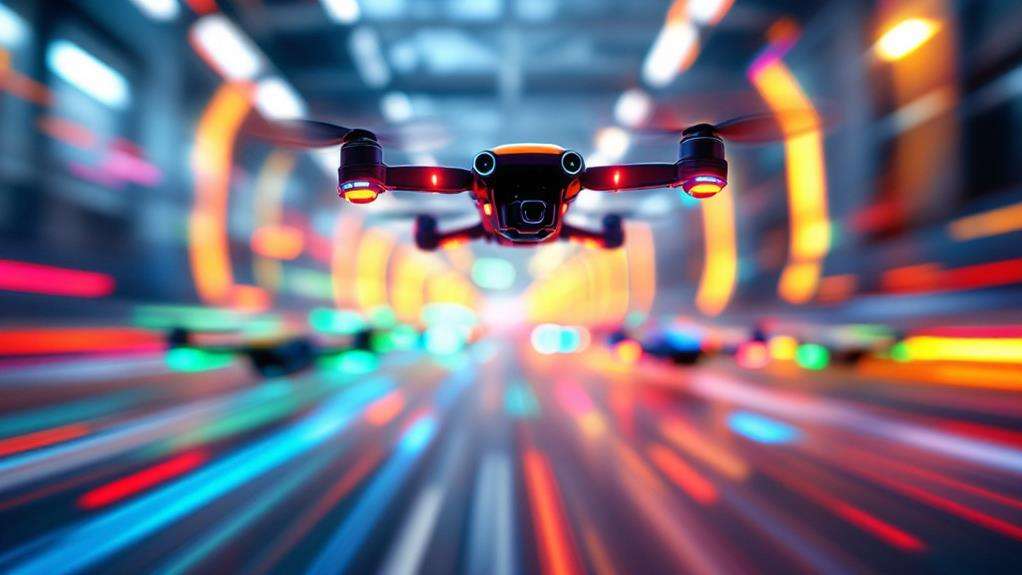
In the world of Tiny Whoops, certain models have emerged as favorites among enthusiasts. The BetaFPV Air65 is a top choice for tiny whoop FPV fans, known for its agility and quiet operation, making it perfect for indoor FPV flights. Its 65mm frame provides excellent maneuverability in tight spaces, ensuring a thrilling experience in your living room or basement.
If you're looking for durability and performance, the Mobula6 2024 Edition should be on your radar. It features a robust design and a 200mW video transmitter, giving you an extended range for those adventurous indoor FPV sessions. For those wanting a larger model, the BetaFPV Air75 offers increased power with its 75mm frame, making it suitable for larger indoor spaces and even some outdoor conditions on calm days.
NewBeeDrone's Hummingbird V3 is celebrated for its lightweight design and user-friendly bind-and-fly setup. It caters to both beginners and seasoned pilots, making it one of the best tiny FPV drones available. Lastly, for outdoor enthusiasts, the Mobula7 1S impresses with its larger propellers and enhanced speed, perfect for zipping around outside. These models represent the best tiny whoops in the FPV drones market.
Technical Specifications Overview
Tiny whoop drones pack a lot of technology into their compact frames, making them favorites for both beginners and seasoned pilots. Whoop is a small, versatile drone, often perfect for flying indoors and providing decent performance. Typically, you'll find two main sizes: 65mm and 75mm. The 65mm models are lighter (18g to 20g) with 31mm propellers, while 75mm models are slightly heavier (20g to 24g) and come with 40mm propellers, excluding batteries.
| Feature | 65mm Whoop |
|---|---|
| Propeller Size | 31mm |
| Weight (without battery) | 18g - 20g |
| Motor Type | 0702/0802 brushless |
| KV Rating | 23000KV - 29000KV |
| Battery Type | 1S packs |
Whoop drones offer a range of motor types. The 65mm models often use brushless motors like 0702 or 0802 with KV ratings between 23000KV and 29000KV. If you're looking for more power, the 75mm models generally come with 1002 or 1102 motors. These drones use integrated units that combine the flight controller, ESC, OSD, and video transmitter, like the BetaFPV Air G4, which enhances tuning capabilities. Opt for 1S packs for quieter flights indoors or upgrade to 2S packs for a more robust outdoor experience.
Essential Accessories
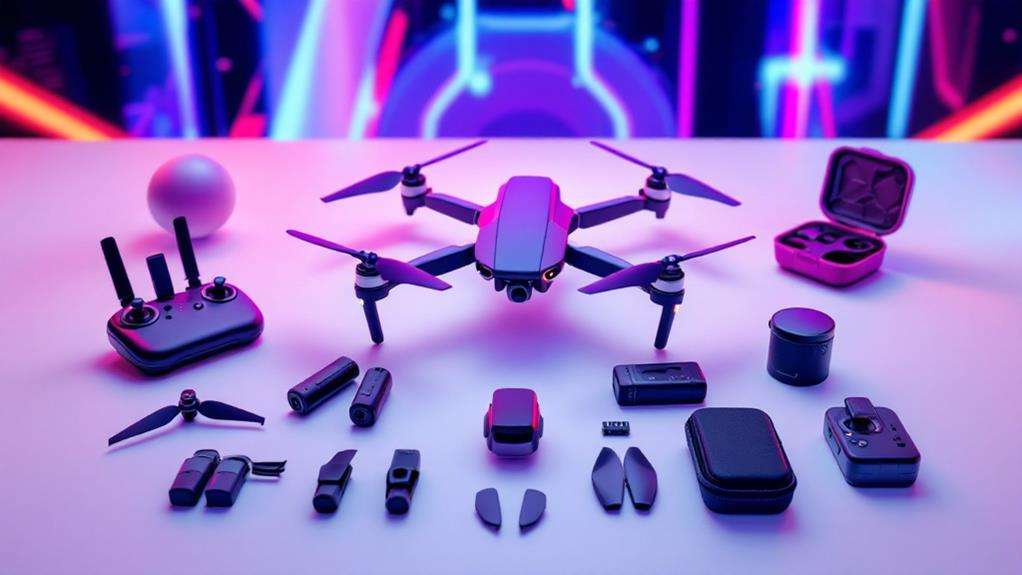
While understanding the technical specifications of whoop drones is important, equipping them with the right accessories can elevate your flying experience to new heights. Upgraded motors can make a significant difference by boosting your drone's performance and speed. This enhancement is particularly crucial for agile maneuvers, making your flying and racing sessions more exciting and dynamic.
High-quality batteries, like the GNB 1S 300mAh 80C, are a must-have for extending your flight durations. They deliver reliable power, ensuring your drone performs at its best without unexpected interruptions. Just be mindful of the extra weight, as it can affect maneuverability depending on the size makes of your drone.
Protective gear is essential for safeguarding your investment. Propeller guards and canopies help protect your whoop drone during inevitable crashes and prevent damage to indoor environments. Additionally, camera upgrades such as the Runcam Nano 3 can vastly improve video quality, enhancing your FPV flying experience.
Lastly, having spare parts on hand is vital for maintenance and repairs. They ensure your whoop drone remains in optimal flying condition, ready for any adventure you embark on.
Comparing Motor Types
Delve into the world of whoop drones, and you'll find that choosing the right motor type can revolutionize your flying experience. Brushless motors have become the standard for performance-oriented models due to their higher power, longevity, and advanced features. They provide a superior power-to-weight ratio, enhancing agility and enabling acrobatic maneuvers such as flips and rolls. This makes them particularly suitable for indoor flying, where precision and control are paramount.
For those interested in racing or freestyle applications, brushless motors are indispensable. They offer superior efficiency and responsiveness compared to brushed motors, which are now seen as outdated due to their lower performance and shorter lifespan. When you look at common motor sizes, 65mm whoops typically use 0702 or 0802 motors, with KV ratings from 23000KV to 29000KV. On the other hand, 75mm whoops often employ 1002 and 1102 motors, especially for heavier digital builds.
Battery Options Explained
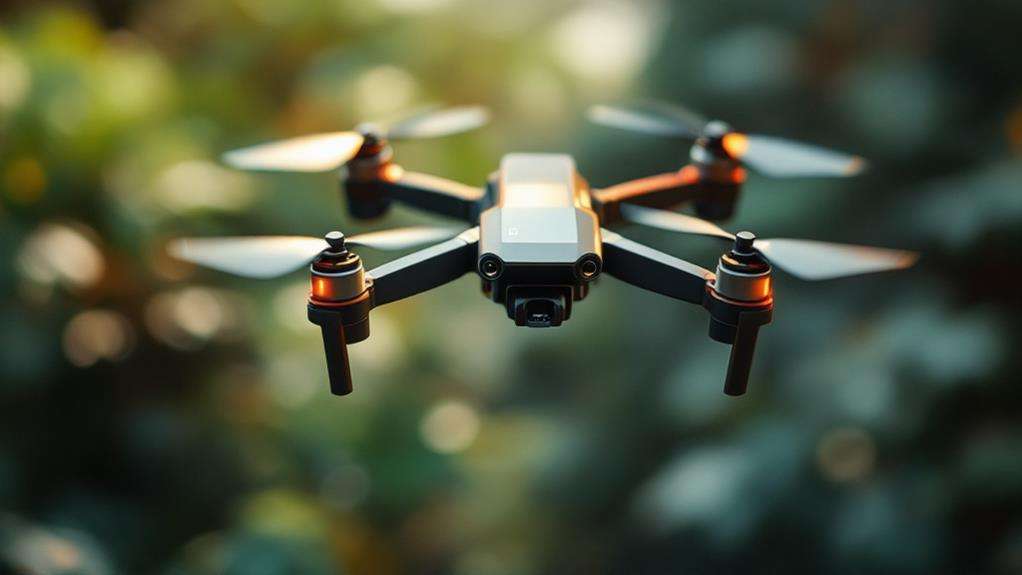
Choosing the right battery for your whoop drone can significantly impact your flying experience. You typically have two main options: 1S and 2S LiPo battery packs. If you're flying indoors, 1S packs are ideal because they are lighter and quieter, making maneuvering through tight spaces easier. On the other hand, 2S packs provide more power, which is perfect for outdoor flights where you need that extra boost.
When selecting a battery, consider the capacity, which usually ranges from 300mAh to 450mAh for whoop drones. Higher capacities mean longer flight times but also add weight, which can affect your drone's agility. Popular options like the GNB 1S 300mAh 80C and Tattu 1S 300mAh (PH2) are known for their reliability.
Connectors play a vital role in performance. BT2.0 connectors offer lower resistance than PH2.0 connectors, improving power delivery and efficiency. Opt for BT2.0 if you want to maximize your drone's performance.
Don't forget about battery management. Always charge your batteries to the recommended storage voltage to extend their lifespan and maintain performance, ensuring your whoop drone is always ready for the next flight.
Flight Controllers and FPV Systems
After you've sorted out the best battery options for your whoop drone, it's time to focus on flight controllers and FPV systems, which are key to the drone's performance and flying experience. Flight controllers like the BetaFPV Air G4 are essential, offering integrated features such as ESC, OSD, and VTX to boost performance. The JHEMCU GSF405A stands out for supporting both 1S and 2S battery configurations, giving you versatility for different tiny whoop builds. Another popular choice is the Happymodel F4, known for enhancing tuning capabilities and providing a seamless user experience, especially in bind-and-fly tiny whoops.
When it comes to FPV systems, you need a reliable setup. Cameras like the Runcam Nano 3 are favored for their excellent image clarity, ensuring you don't miss any details during your flight. Pairing it with antennas such as the TrueRC Singularity can significantly improve signal quality, offering better video range and stability. Upgrading your FPV components can make a remarkable difference in your flying experience by enhancing video quality and extending your flight range, making every flight a thrilling adventure. Focus on these components, and you'll elevate your tiny whoop's performance.

